Singapore, the slant-eyed Formula 1, in evening dress. Probably the most exciting race on the calendar. It’s a night race, on a street circuit, bumpy, bounded by walls. And the race is in Singapore, the Orient appeal expressed in all its forms. Wrapped in bright lights, cuddled by a thrilling atmosphere. The present Formula 1 with its best face.
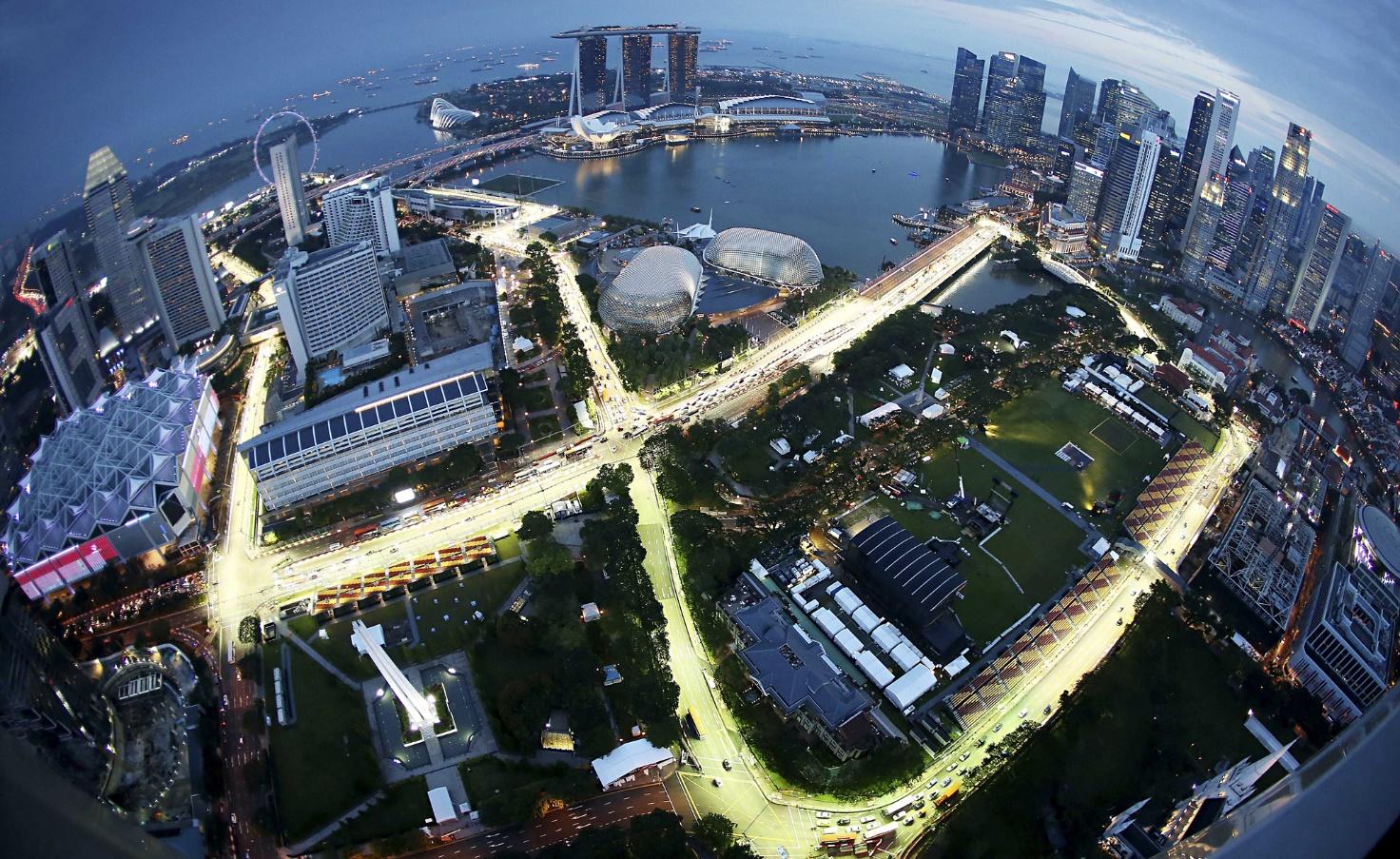
In 2008 Singapore hosted the first night-time event in Formula One history. It proved a huge hit, staged on a new street circuit, with the city's famous skyline providing a truly spectacular backdrop, and established itself as one of the most dramatic and atmospheric races on the calendar. The GP can be broadcast at a convenient time for European television audiences as well as thrilling local fans.
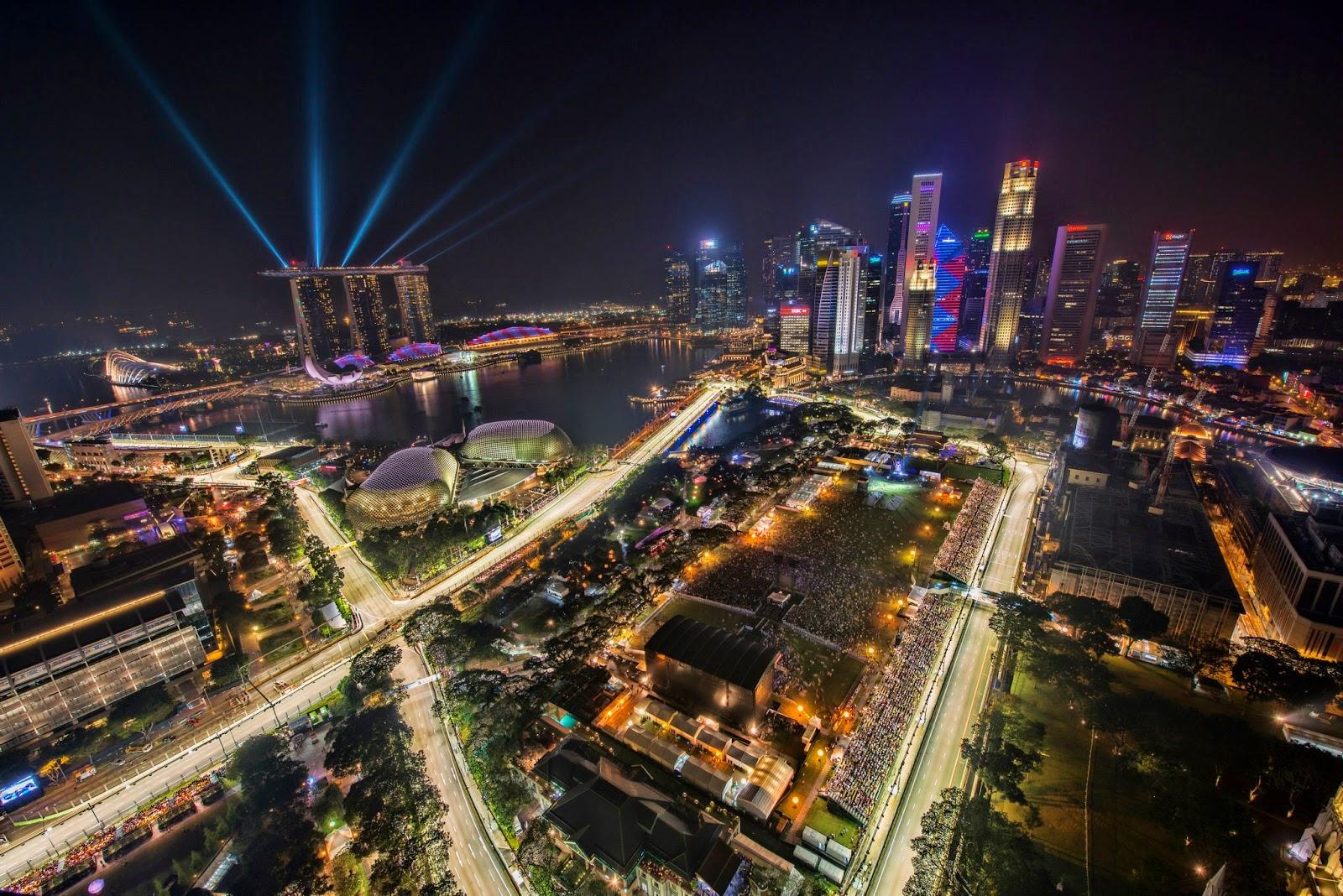
Singapore F1 night race 2012, city skyline.
Using public roads around the Marina Bay area, the circuit utilises powerful lighting systems, a series of projectors which adapt their output to match the shape of the course, to replicate daylight conditions.
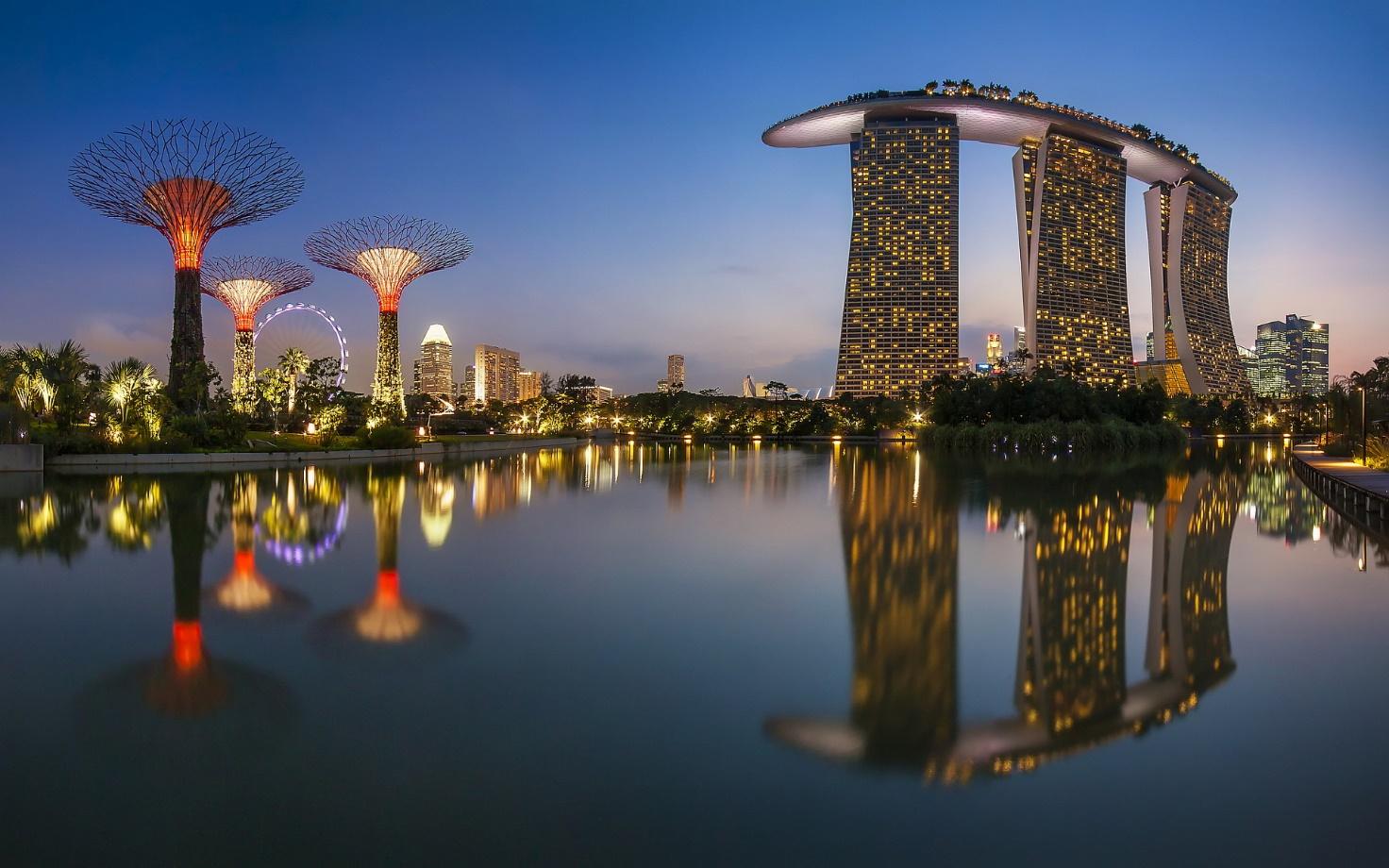
Singapore sunset.
Grandstand seating and hospitality areas lining the track can accommodate more than 80,000 spectators, while a permanent pit area with deluxe paddock facilities is located adjacent to the Singapore Flyer complex.
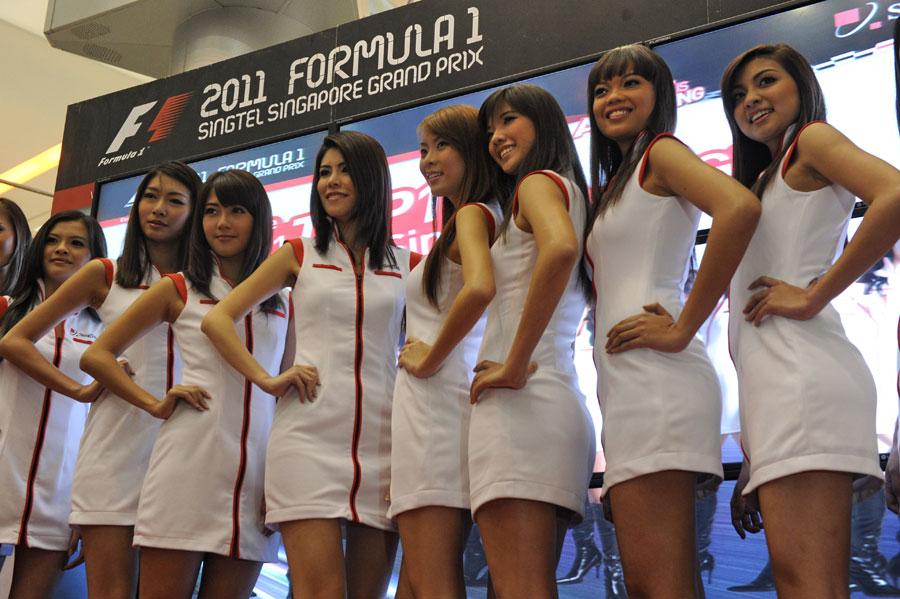
Grid girls.
The event is more than just a motor race and is envisioned to be a national festival. Ecclestone has described the event as a "crown jewel" of the sport. "Yes, the grand prix has costed Singapore a lot of money, but we've also given them a lot of money. Singapore was suddenly more than just an airport to fly to or from somewhere", Ecclestone was quoted as saying. Singapore's 23-turn Marina Bay street circuit is seen as one of the most challenging on the calendar and has proved popular with fans.
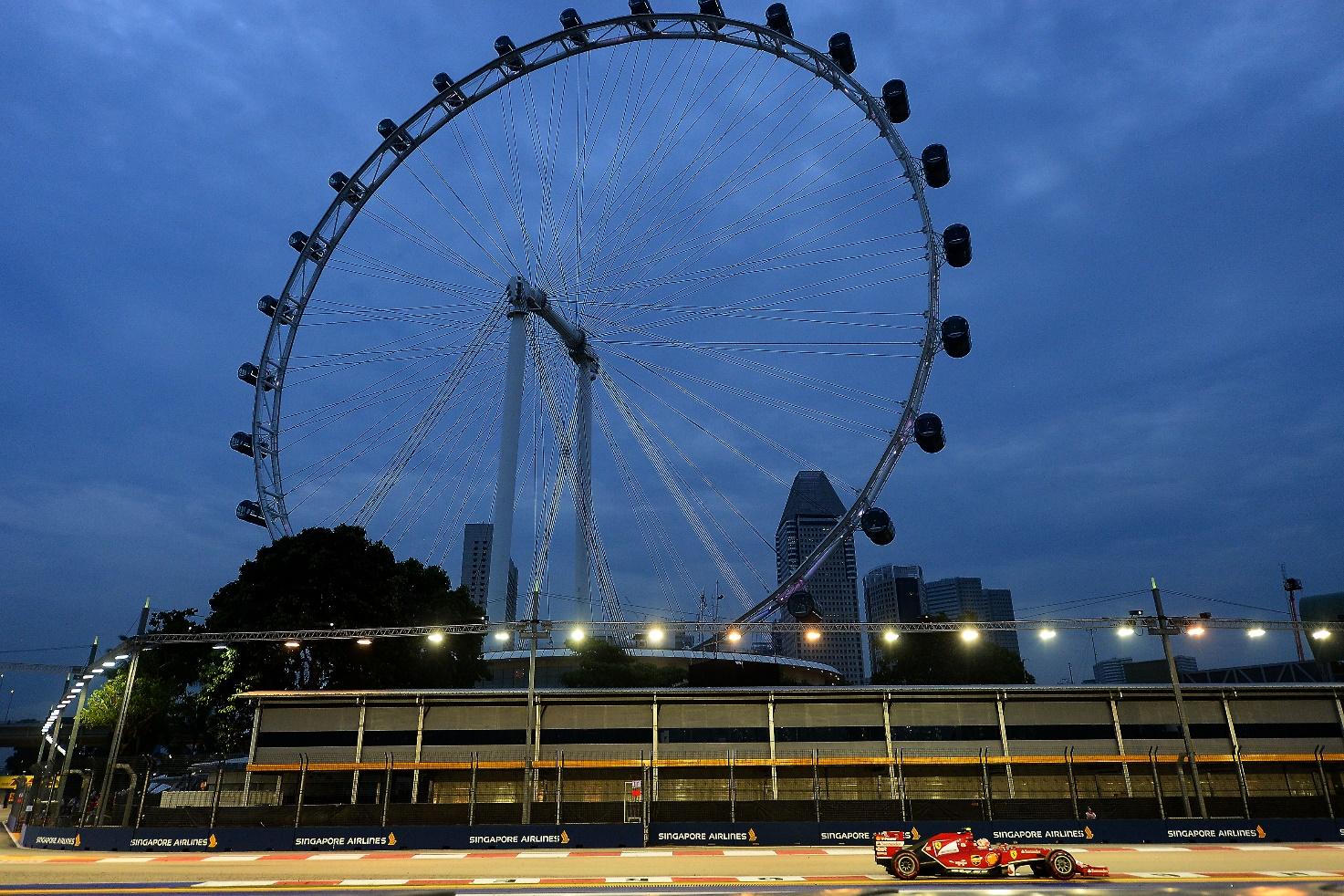
The new owners of F1, Liberty Media, have struck a deal with Singapore to host the Grand Prix for four more years to the end of 2021. The race costs £75m per year to stage, but that is offset by an average annual return in tourism receipts of £78m. The government takes 60% of the risk. For Singapore it makes sense as the strategy is to turn the state into a destination, rather than a stop-over on route from Europe to Australia.
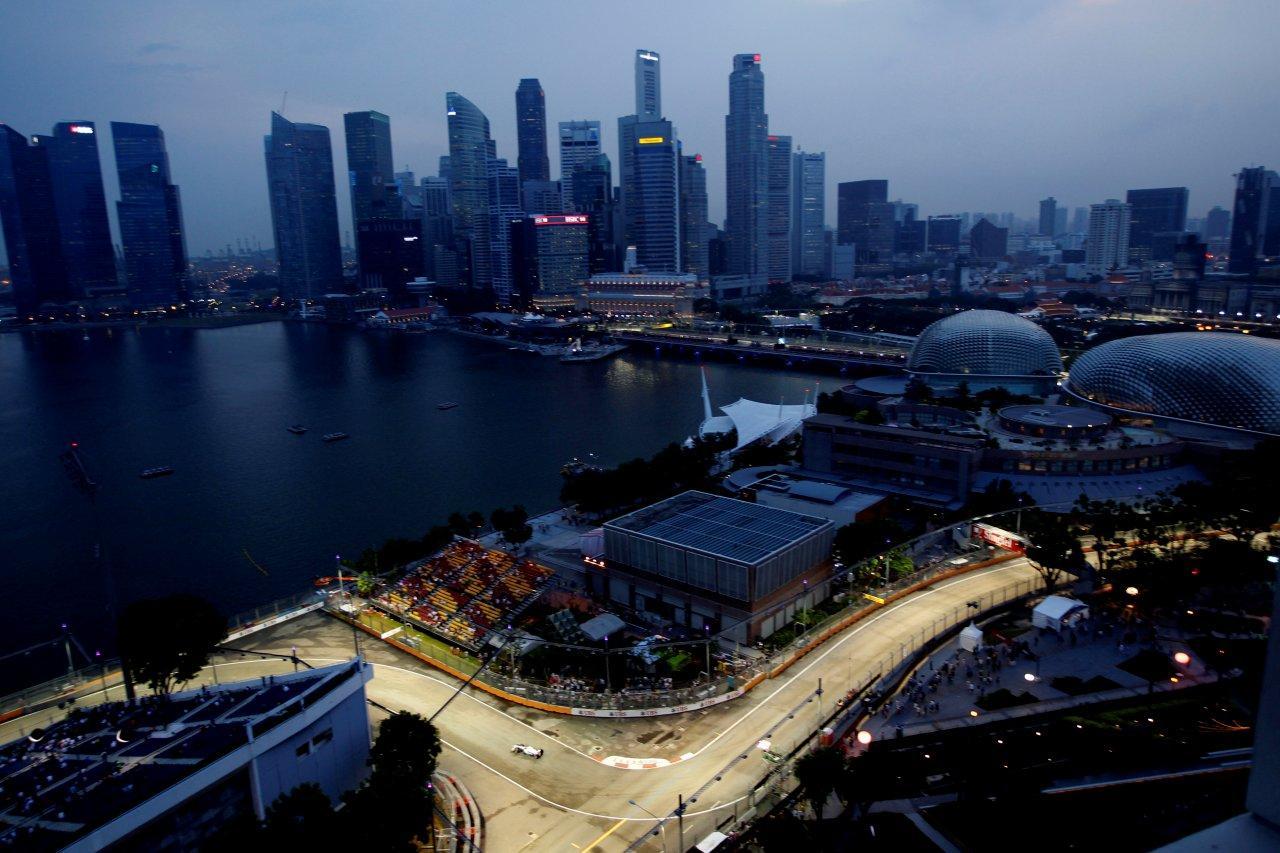
A significant percentage of the visitors to the F1 race at Singapore come from the UK, USA, Germany, Holland and Australia. The government estimates that over 450,000 visitors have been brought to Singapore by the Grand Prix. Sales of tickets this year are up by over 15%, repeating a trend seen in a number of the leading European venues like Spa, Silverstone and Monza.
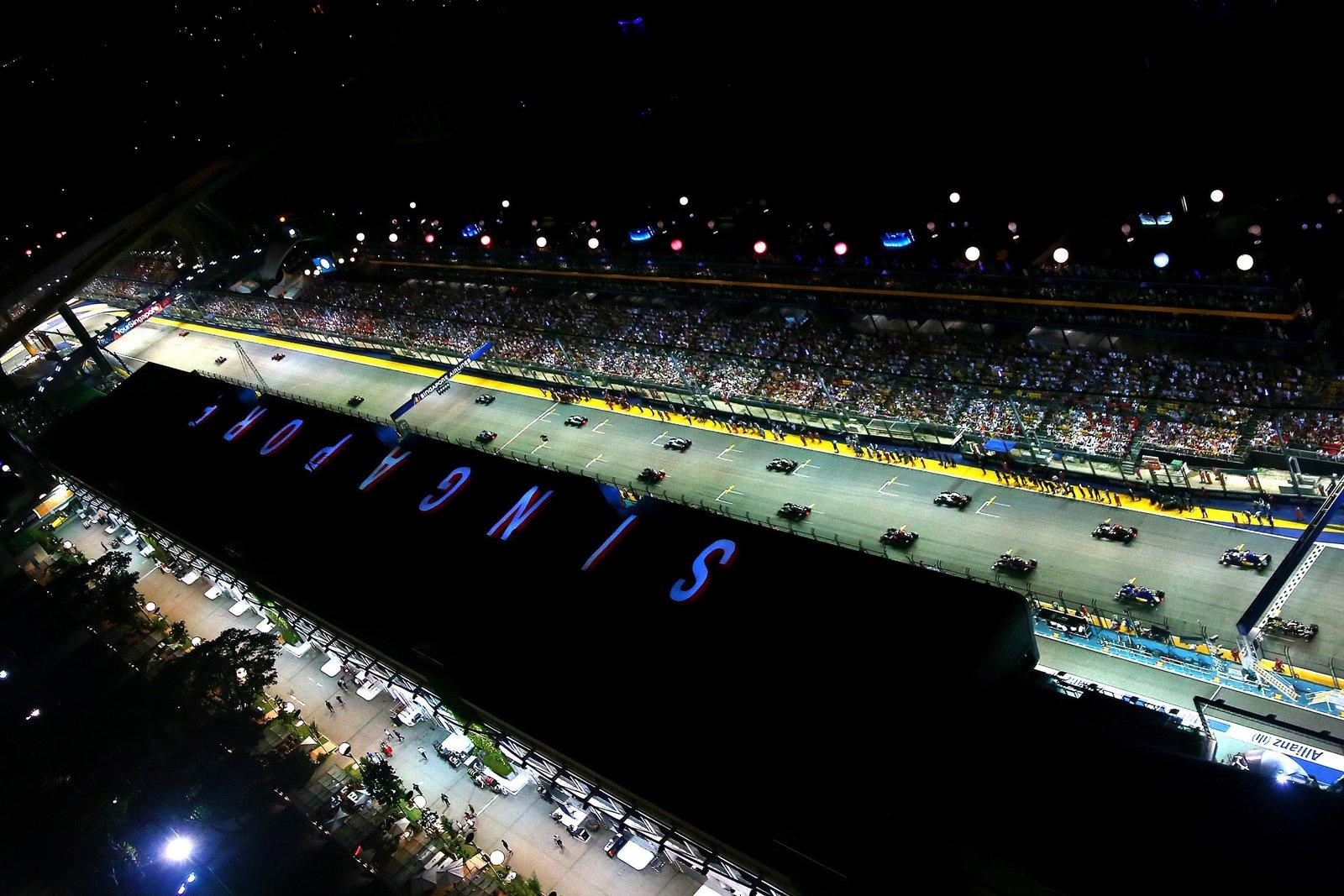
View of the grid at the 2015 GP starts.
The Singapore Grand Prix takes place on the Marina Bay Street Circuit and was the inaugural night race and first street circuit in Asia for F1 races. The race under artificial lights start at midday GMT (8 pm local time), which is the standard time for European Grands Prix, moderating the extreme daytime apparent temperature in the tropical climate. Even so, cockpit temperatures can reach 60°C (140 F).
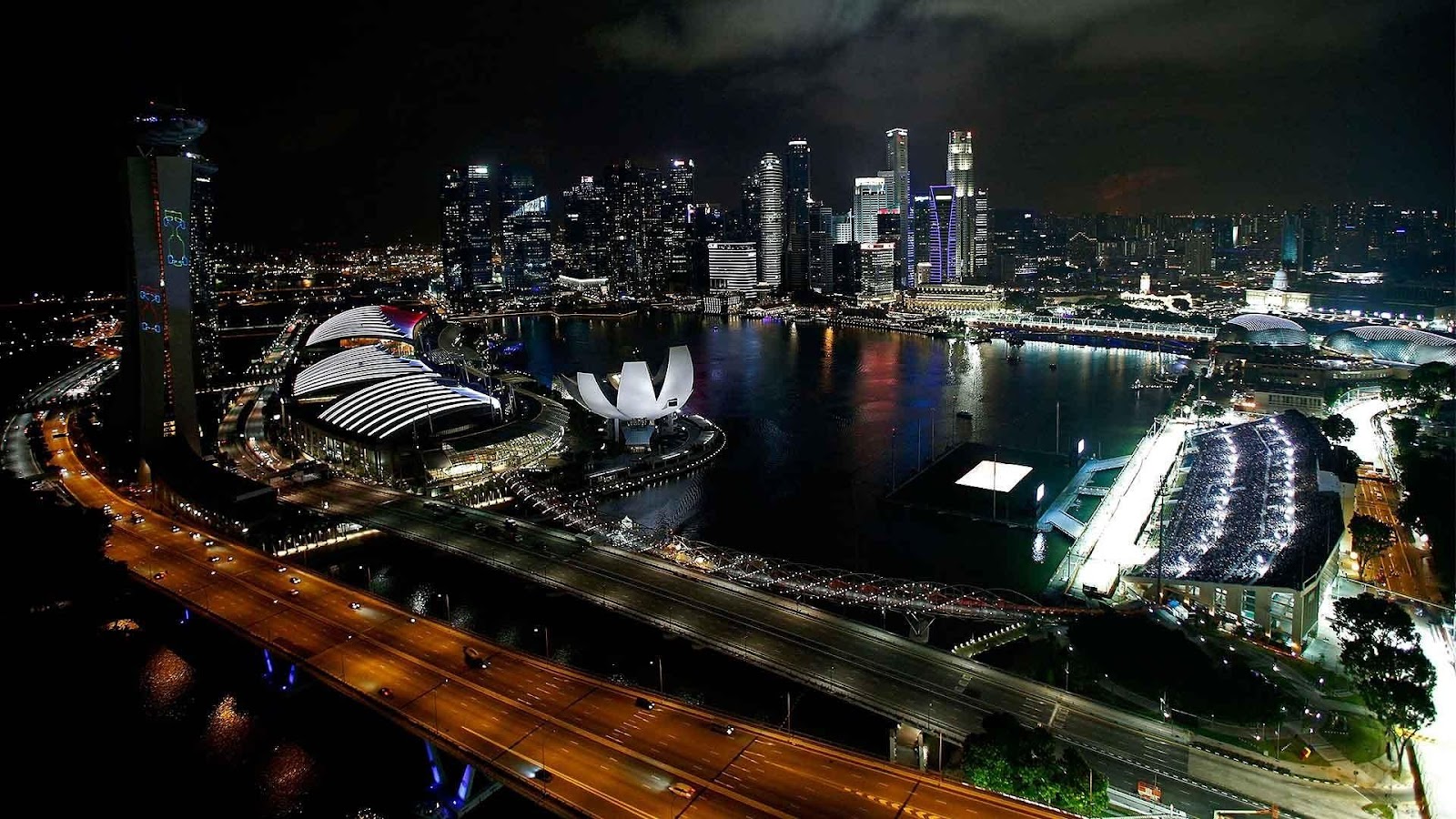
First organised in 1961, the race was initially known as the Orient Year Grand Prix. The following year, it was renamed the Malaysian Grand Prix. After Singapore attained its independence in 1965, the race at the Thomson Road circuit was renamed to the Singapore Grand Prix. The event was discontinued after 1973. Although the track has seen some minor changes, the basic layout has in many aspects remained unchanged. It is a twisty circuit that is the slowest in Formula One running at normal race distance above 305 kilometres (190 mi).
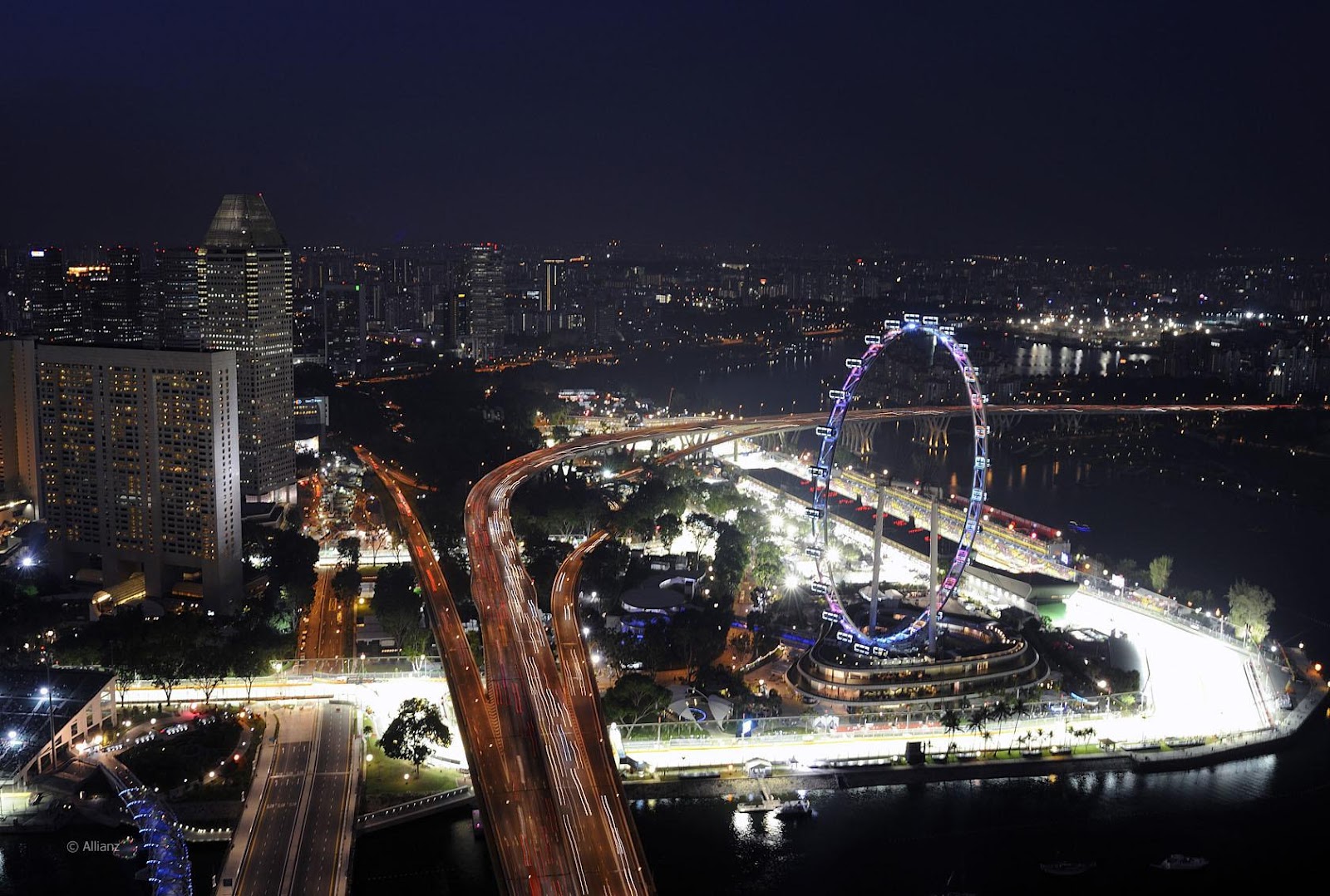
The bumpiness, the heavy braking zones, the lack of daylight and the humidity makes the race very testing for both drivers and cars. It has some 90-degree turns, but is pretty variable in that aspect, featuring technical sections with quick direction changes as well. At most parts of the track, cars run very close to the walls.
Videos
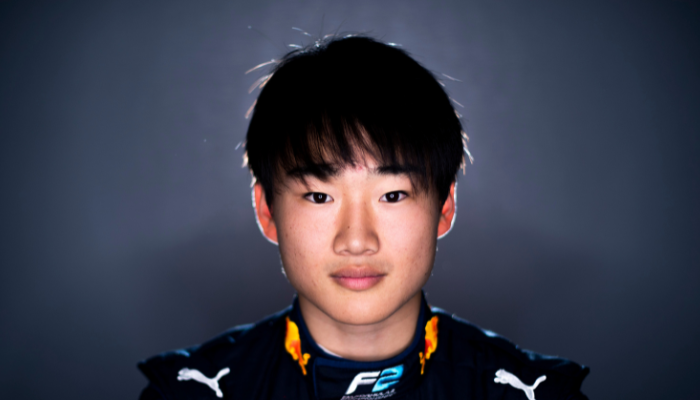

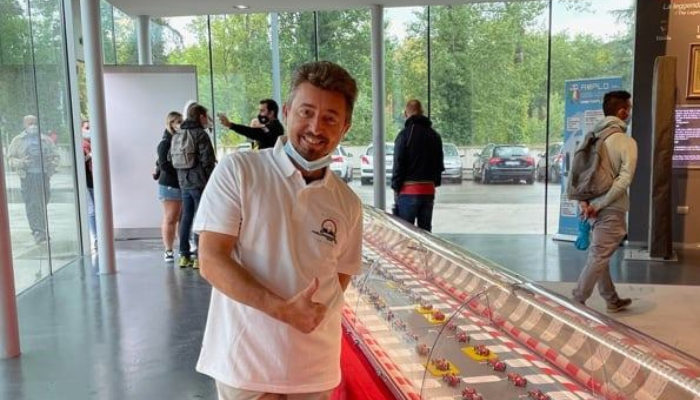
Comments
Authorize to comment